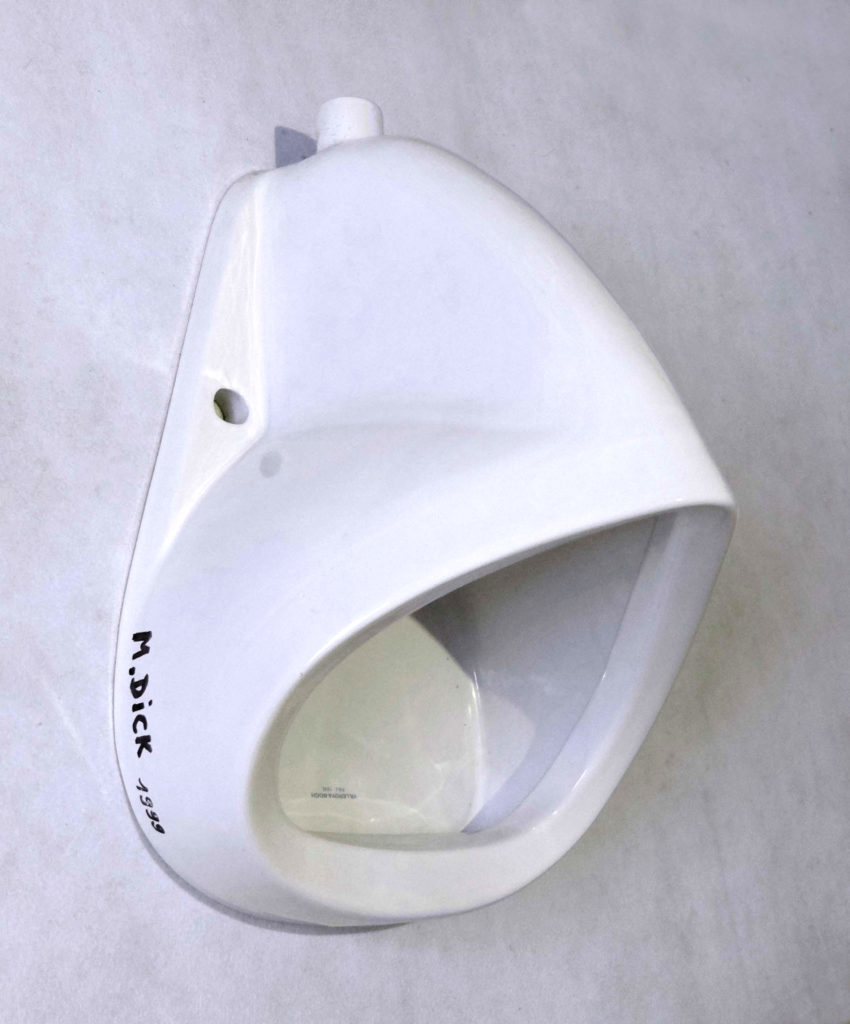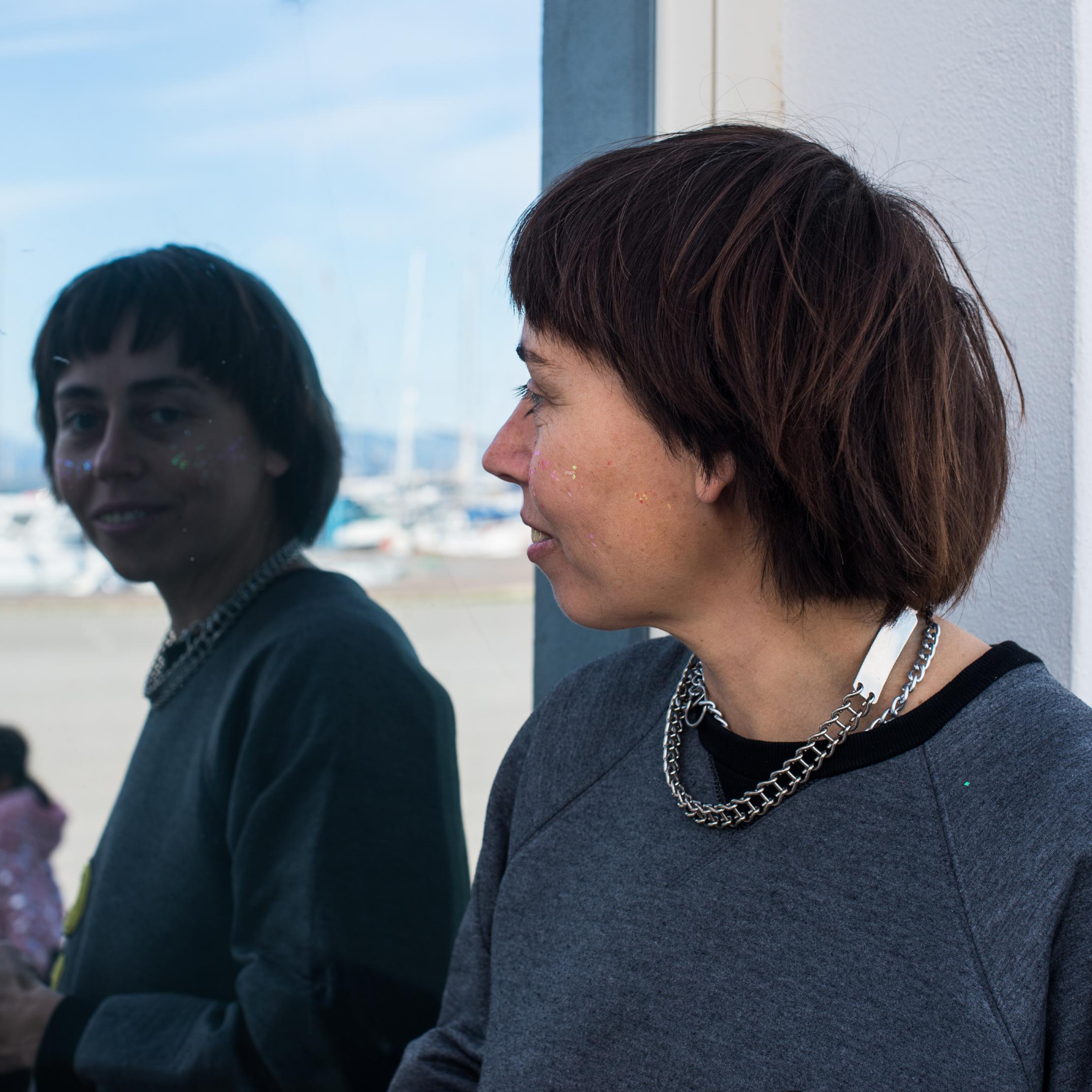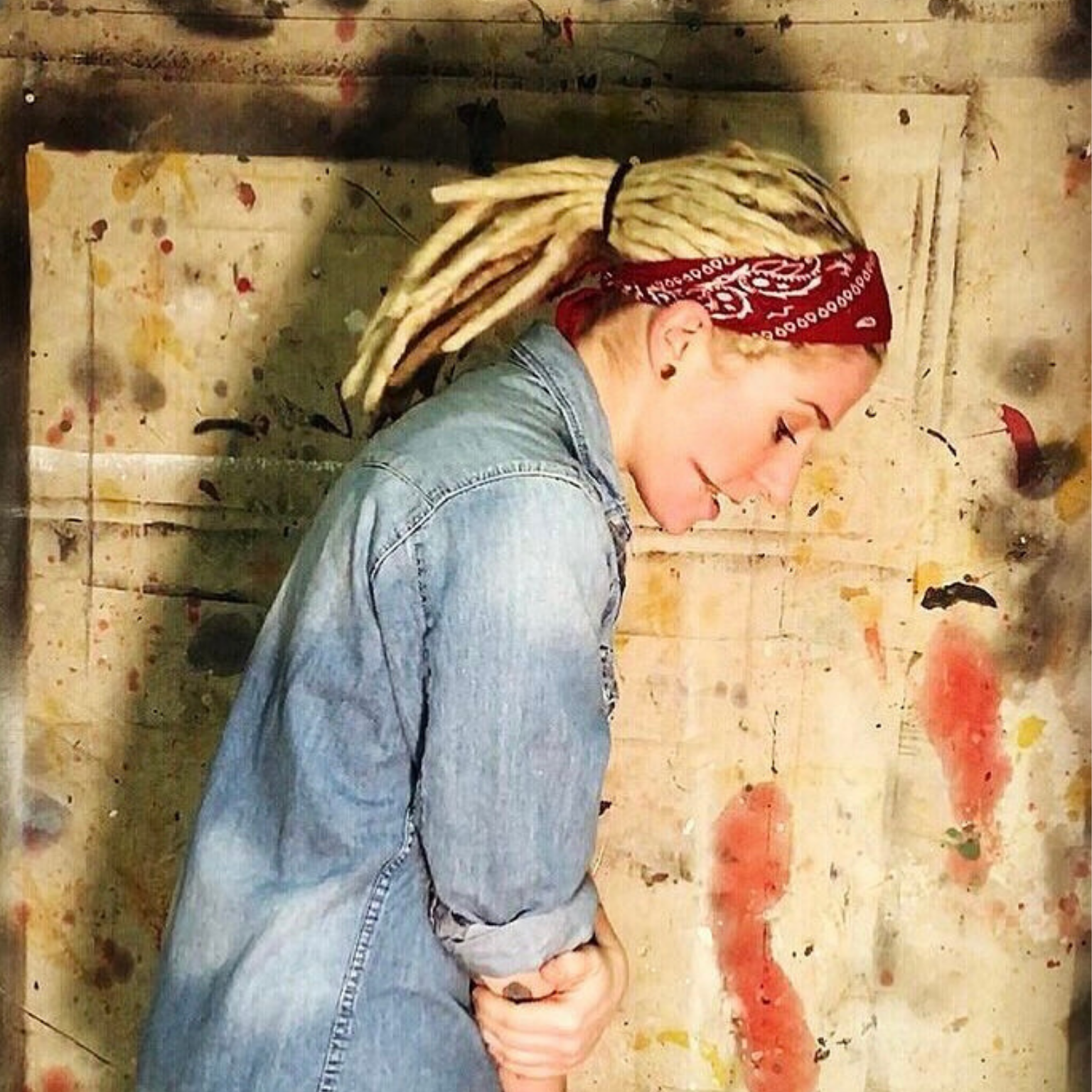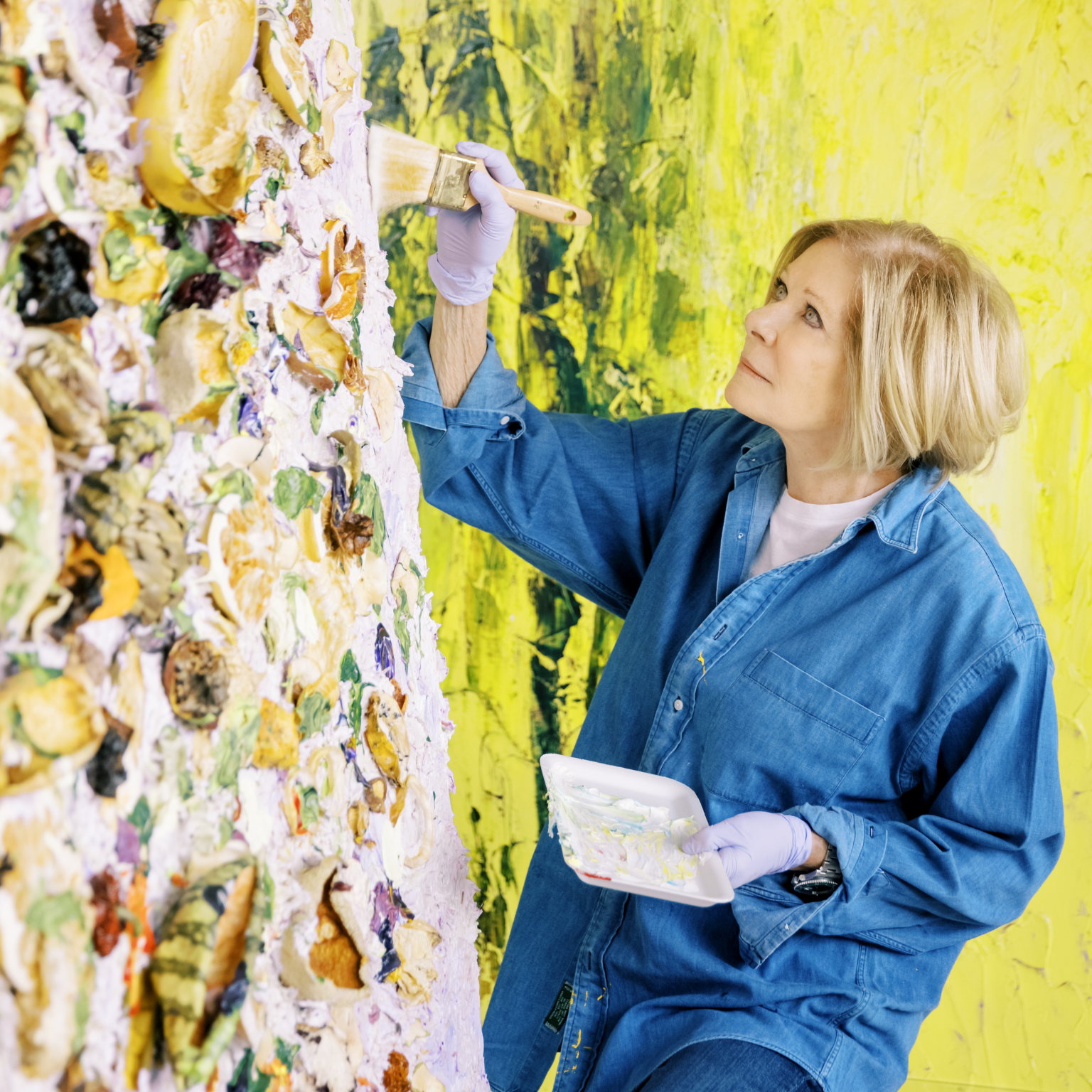Jean-Luc Cornec, French artist living in Germany and France. Photo © Franck Linscheid
Tell us what you do and your beginnings.
I work conceptually with various techniques and in different fields: photography, painting, collage, installation, object, and text. I grew up in very simple circumstances in Finistère (Brittany) – without books, without art. Surprisingly, it was people I met during military service who introduced me to the world of art and showed me options.
During and long after my art studies, I found it difficult to refer to myself as an artist. My focus has always been, and continues to be, on making the artistic process and applied methods visible, contrary to the “myth of the intuitively creative artist”.
I was influenced by the intellectual atmosphere of structuralism. In my studies, I delved into authors like Roland Barthes, writers like Georges Perec, and other representatives of OULIPO (Workshop of Potential Literature) and composed palindromes. I transferred the method of writing texts to visual expression and worked on its further development – in my studio as a Workshop for Potential Images.
What does your work aim to say?
For me, art is a way to express my experience of the world, my perspective on it, and my relationship with it, like reflecting on images. I find it great when people react differently to my works, seeking and finding different statements in them. A good example is the installation “TribuT” with the telephone sheep. Is it a joke? A critique of the clone world? A commentary on the dystopian novel by Philip K. Dick “Do Androids Dream of Electric Sheep?” Or pastoral power in the sense of Michel Foucault?

The interpretation is significantly influenced by the context: be it a church, a digital art biennial, or a communication museum. There are indeed works with concrete statements, although the statement is not my starting point. I can illustrate this by describing a work process. I have always been interested in the visual impact of letters. While exploring potential letter images in three-dimensional space, I began building pyramids.
Each side of the three-dimensional letters is visible, not the front. This creates tension, and the viewer must make an effort to decipher the text. To do this, I searched for quotes that had to meet a specific requirement, i.e., the words had to be stackable. In this search, I came across a quote by James Baldwin: “I am not your negro” (1, 2, 3, 4, and 5 letters).
Where do you find inspiration for your art?
Inspiration and the creative process are closely linked to me. Often, I search for specifications or requirements to develop images, objects, or installations. I already explained this with the example of the sculpture “I Am Not Your Negro”.

Such a requirement can be the title of an exhibition, or I impose the requirement on myself, almost as a constraint, and find my freedom and inspiration within it. An extreme example was a commission from an art association in Heidelberg: “We have no money, no time, and no personnel resources – do you have an idea for an installation in public space?”. In my considerations, I reverted to the shift in perception between foreground and background, which I explored in a series of portraits and family portraits.
I used the lawn of a park and earth as free materials. The motif, a kissing couple, I executed as an anamorphosis – “KISS” recognizable only from a specific perspective, e.g., through the lens of a camera. Was the film “Blow Up” an inspiration? Or association?
Could you give us some insight into your creative process?
Three terms could perhaps serve as the basis for my creative process: combinatorics, antonyms, and specifications. In my ‘workshop for potential images’, I experiment with playfully recombining individual elements of a system. This led to the installation “TribuT”, where the old analog telephones, receivers, receiver cords, and even the ringtone come together in a different arrangement to form an installation that does not logically arise from the ‘telephone’ system.



There are other terms that are important to me in my work – system, rules, puzzle – and always the game around perception. I often cannot say what comes at the beginning of a work – research and ideation, inspiration go hand in hand.
What are your future projects?
Actually, I am working on still lifes – almost an antonym in themselves. They are conceptual collages composed of labels, packaging, etc., forming the names of personalities and recognizable only at second or third glance. It seems so simple, but it takes a lot of time for research.
And now, with a large studio for the first time – in Burgundy – I have set myself the specification of creating small to very small formats. I am curious about where my research, inspiration, and experiments will lead me.


Interview by Fabio Pariante: X • Instagram • Website



